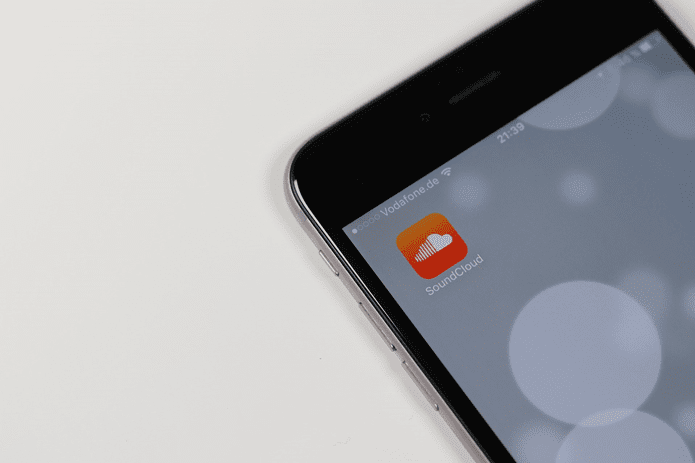speed or performance . Considering that, here we have gathered a few tips that can help you speed up your Mac even if you’ve had it for not that long. Let’s take a look at them.
Improve Start Up Speed By Managing Your Mac’s Login Items
Macs tend to turn on pretty fast by default, but if you have a lot of applications set to open upon logging in, they can noticeably affect the time it takes to start up since they use both your Mac’s RAM and CPU, just like with Windows PCs. To solve this, open the Preferences panel and head to Users & Groups. There, click on the Login Items tab and you will see a list of all the applications that are set to open upon starting up your Mac. Check this list carefully to find out which of these you might not need to open that soon and select them. Once you do, click on the minus icon at the bottom and the app will be removed from the list of start up items.
Don’t Restore Windows and Apps From Previous Sessions
One of the most convenient features of the latest versions of OS X is to be able to have all your applications and windows restored from your last session when you either start your Mac or close and restart an app. However, this feature can also eat up significant resources depending on the number of windows you had open before turning your Mac off. To disable this feature, on the Preferences panel click on General. There, at the bottom half of the window, select the Close windows when quitting an application checkbox. Additionally, set the Recent Items section to a number lower than 5 if possible. Cool Tip: Always keep your desktop as “clean” as possible. Even if you need to have important files on it, make sure to put them in a folder before shutting down your Mac, since each additional file on your desktop causes your Mac to take a bit of extra time to start up.
Free Your Mac From Clutter
When it comes to your Mac’s speed and performance, two of the factors that influence it are its hard drive and its RAM. The reason why I mention these two is because even if you don’t (or can’t) upgrade them, you can still control them to some degree. When it comes to the hard drive, needless to say, you have to always scout for large files that you might not need and delete them to keep you Mac’s hard drive as free as possible. In a past article, we discussed a great tool for these called Daisy Disk which does exactly this and allows you to have a clear view of every file on your Mac. Another great app for this is Disk Inventory, which is free and also gives you a bird’s eye view of your Mac’s hard drive content. In similar fashion, having many apps running at once or using your web browser with several tabs open at the same time can take a significant amount of your Mac’s RAM, which can cause some slowdowns. That considered, you should always try to have open only that which you are using. It is a very healthy habit for your Mac and also helps you stay organized. Additionally, there are third party apps like Free Memory (which we covered in this entry) that perform the simple, but effective function of helping you reclaim RAM memory from open apps that are not using it. Now you know. Even if your Mac is performing ok, using the tips above will take you only a short while and will improve your Mac’s speed. You’ve got nothing to lose except a few minutes. Your Mac will thank you. The above article may contain affiliate links which help support Guiding Tech. However, it does not affect our editorial integrity. The content remains unbiased and authentic.













